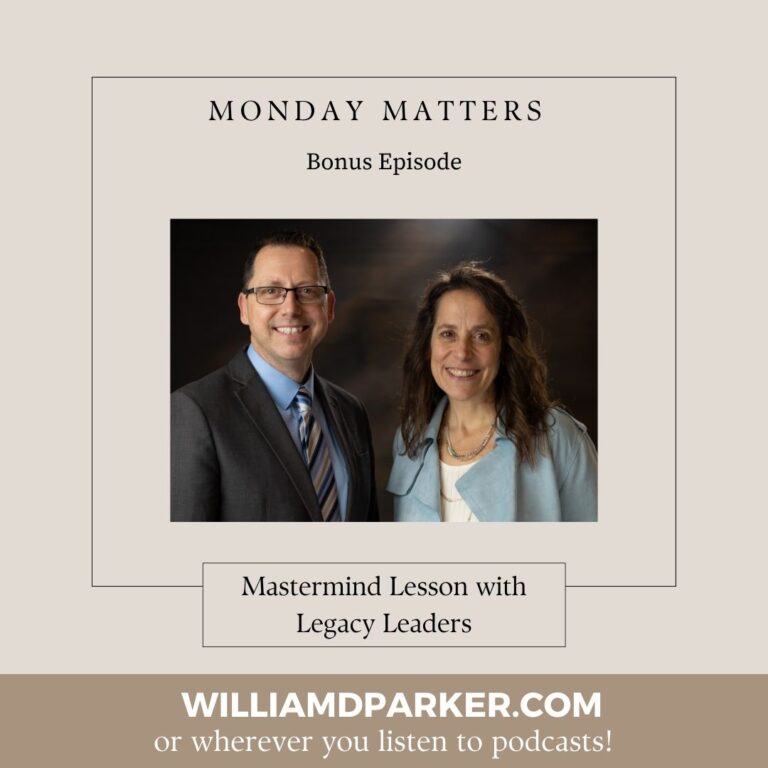When I was a kid, sometimes I would wake up early, pack a small shoulder satchel with a snack, water bottle, and pocketknife, and head off into the woods for the day.

One of my favorite hiking places was the edge of a swampy creek that flowed for miles behind our house. It was filled with lily pads, beaver dams, wandering egrets, and flocks of ducks. If I reached an isolated spot I had never seen before, I would find a beech tree and carve my initials as a marker for the next time I was in the area.
These past few years, I have re-discovered the joys of exploring with my ten-year-old son Jack. Whether we’re camping over a break or visiting the old home place, we both love the thrill of pushing off into places we’ve never seen before.
During a visit home last Christmas, I was excited to show him some places he hadn’t seen before. It had been a cold, rainy morning, so when the rains stopped and the sun broke through the clouds, we layered up, grabbed our walking sticks, and plodded our way into the backfields. The ditches and low-areas were filled with flowing currents. We crisscrossed over fallen logs, cut our way through brambles, and eventually climbed up a tall ridge to look back on the paths behind us.
After finding a dry spot to sit awhile and take in the scene, we decided to head into some bottom fields for a shortcut home. To our surprise, we found that a normally small stream across a pasture field road had turned into a rushing creek. We stood on the banks and then looked at each other.
“Maybe we should just go back the way we came” Jack wisely suggested.
“Well,” I countered, “If we follow the bank in the direction upriver, we might find a way over.”
With that, we started a trek up the creek bank. Before long we saw a large fallen tree that almost bridged the gap. It had fallen from the shore across, and there were a couple of feet of open water at the nearest end of the log. Using some fallen branches, we began throwing pieces into the gap until we filled it. Then I took Jack’s pack, strapped it to my back, and placed our walking sticks through the straps so our hands were free.
When I made the first step onto the log, I slipped and both my feet went into the water, but I scrambled onto the log on all fours and looked back. Jack was on the edge and ready to step behind me.
“Just grab onto me when you step on the log,” I said.
He took a brave step, but when he did, I lost my balance at the same time and slipped completely off the log. Jack lost his hold on me and plunged in beside me. He was holding onto the log while I was up to my neck in water.
“Reach over and grab onto my back,” I said as I pushed over beside him. “Then we’ll make it across together.” He grabbed on and I pushed us both away from the log and for the opposite shore.
Luckily, I could stand and we soon crawled our way up the bank and onto the grass. It took a few minutes to regain our composure and for me to convince Jack that we weren’t going to die from hypothermia–thankfully, the temperature was above freezing. But were completely soaked. Our clothes hung from us like cold weights; everything we had, including my iPhone, was waterlogged.
Needless to say, our walk home was not as pleasurable as our walk out. But with each sloshy step, we started talking about what had happened, how I should have taken his advice, and how much trouble I would be in with his mother (and believe me, I was). Then we started laughing—which is always a good way to soothe your wounded pride.
After we were both safely showered, clothed, and warm, we told the story to the rest of the family who enjoyed some good laughs on our accounts. But in the quieter hours of the evening, it didn’t take long for me to think about the “what if” moments: What if he had been injured? What if he had been knocked out or drowned? All of those sobering questions were haunting thoughts, and my wife and I talked about it long into the evening after Jack went to bed.
You would think a middle-aged father wouldn’t allow his self-ambition to cloud his better judgment, but age doesn’t seem to exempt me from wrong choices. Shortsighted decisions or plainly foolish ones can often result in unintended and even fatal consequences; thankfully, this one was a lesson with lesser consequences. Later when I talked to Jack about our day, I asked him what lessons were learned from our outing. He simply said, “Never cross a raging creek on a rotten log, and never cross a river on a log if the weather is below freezing.”
I thought that summed it up pretty well, but here are a few more I added to the list:
- Listen to wise counsel—even if it’s your ten-year old.
- Don’t let personal ambitions cloud your vision of more important priorities.
- When you fail, count your blessings, clean up the mess the best you can, and head in the right direction.
- Debrief and set better goals for the next time.
One other decision we made for the future was that anytime Jack felt I was about to step into an unsafe situation that could be avoided, he had permission to tell me he didn’t think it was the right thing to do. He has since challenged me on that last one, and I’ve been thankful for it.
Conclusion
All of us face times when we look back at situations and have to admit we simply failed to make the best decisions. But at the end of the day, we also have to remember to be thankful for the journey, second chances, and children who still love us despite our failings. And we can hopeful for the promise of future excursions.
Now It’s Your Turn
What are some lessons you’ve learned from failures or mistakes in life or work? How can you apply those lessons to today’s challenges so that you’re leading others in a better direction?
Principal Matters Podcast
Check out audio versions of my posts at iTunes. Rate PMP at iTunes; when you do, it makes it more visible to others!
Sign-Up For Free Updates and Ebook
When you enter your email address below, you will automatically receive my newest posts and a free Ebook, 8 Hats: Essential Roles for School Leaders. Let’s keep learning together!
Subscribe for free weekly updates and receive free e-book!
(function($) {window.fnames = new Array(); window.ftypes = new Array();fnames[0]=’EMAIL’;ftypes[0]=’email’;fnames[1]=’FNAME’;ftypes[1]=’text’;fnames[2]=’LNAME’;ftypes[2]=’text’;}(jQuery));var $mcj = jQuery.noConflict(true);
Principal Matters–The Book!

School leaders are very busy, so each of the twenty-four chapters is designed as a quick-read and followed with take-action questions for follow-up or reflection. If you want practical ideas on understanding your purpose, managing school teams, dealing with challenges, and leading with courage, action, motivation, and teamwork, go HERE to pick up a copy for you or your team.


